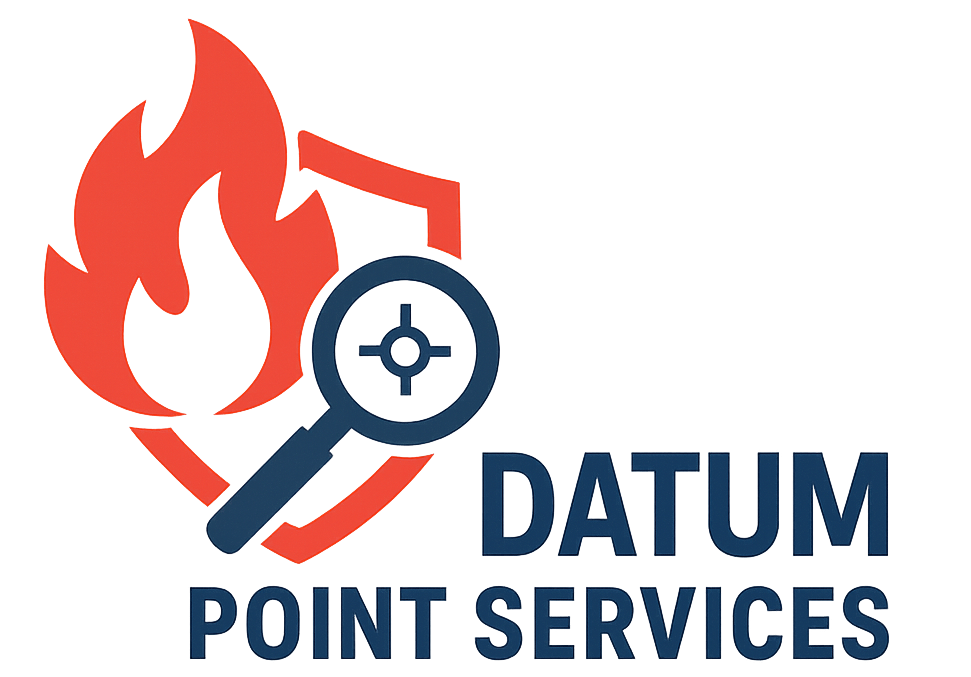The Hidden Threat in Your Due Diligence
It’s Daniel. After decades in risk management and M&A consulting, I’ve learned that even the savviest dealmakers often miss a critical blind spot.
We pore over financials, legal contracts, and environmental reports, yet one lurking danger can turn a winning acquisition into a cautionary tale.
That danger is the state of the building’s fire and life safety systems – the complex web of fire alarms, sprinklers, smoke controls, and security integrations meant to protect lives and assets.
It’s uncomfortable to imagine, but one missed fault in these systems can bring down an entire deal.
In fact, a single undocumented defect in a fire alarm or sprinkler network is enough to void a multi-million dollar insurance claim and turn your asset into a total liability.
Are you confident your due diligence has you covered, or is there a ticking time bomb in the wiring closet of your latest acquisition?
Why Fire and Security Systems Get Overlooked
Traditional due diligence checklists typically address obvious areas, such as structural integrity, environmental hazards, and financial liabilities.
But fire protection and security systems are often treated as a checklist item – “sprinklers: check; alarms: check” – without deeper investigation.
Why do these critical systems get short shrift? First, they’re dynamic and legally complex.
Fire and life safety systems must meet evolving national standards (like NFPA codes) and local regulations that vary city by city.
Compliance isn’t one-and-done; it’s a constantly evolving target that requires ongoing code updates, maintenance, and modifications.
An owner might proudly show last year’s inspection tag, but annual inspections only confirm basic functionality against a limited checklist.
Those inspections, often just once a year, can miss deeper issues lurking behind the control panel.
Second, buyers often assume no news is good news – if the building has a certificate of occupancy and no open fire code violations on record, everything must be fine.
Nothing could be farther from the truth.
These systems are not static assets; they are prone to unseen failures, software glitches, sensor degradations, or past DIY “fixes” that weren’t properly documented.
Unless you ask the right questions, it’s easy to accept “systems are operational” at face value and move on.
Beyond the Checklist: Standard Inspections vs. Forensic Analysis
Let’s draw a clear line here: a standard fire inspection or property condition report is not the same as a deep forensic evaluation.
I’ve seen countless deals where the due diligence on fire/life safety amounted to verifying that the alarms sounded during a brief test and that extinguishers were present.
A fire marshal’s sign-off or a quick functionality check is just a snapshot in time.
As one specialized fire engineering firm notes, a regular inspection merely “verifies a checklist at a single point in time,” whereas a true forensic investigation “reconstructs the entire history of a system” – analyzing alarm logs, fault codes, maintenance records – to uncover evidence of long-term issues or negligence.
In other words, the usual approach asks “Does it work right now?”; the forensic approach asks “Will it work when it really counts, and what hidden problems have been papered over?”
Standard due diligence often misses multi-million-dollar liabilities hidden in faulty fire systems, only for the buyer to inherit those ticking time bombs.
Consider what that means: the deal closes, and unbeknownst to you, the building’s fire pump has a known defect, or half the smoke dampers were never wired correctly.
These are not theoretical problems—they are real issues we uncover regularly in forensic audits. As my team’s own investigations have proven, we find “critical evidence of non-compliance, maintenance failures, and hidden faults that standard audits are designed to miss. ”
The difference in approaches can spell the difference between safety and catastrophe, or between a smooth post-merger integration and a nightmare of surprise costs.
I often ask my clients pointedly: When was the last time your due diligence team reviewed the fire alarm panel’s event history or verified that every sprinkler valve on every floor is actually open and code-compliant? If the answer is a sheepish “never,” it’s time to rethink the process.
The Phoenix Tower Catastrophe: A Cautionary Tale
In a hypothetical disaster scenario, a skyscraper’s neglected fire systems turn a small incident into a towering inferno.
Allow me to illustrate the stakes with a counterfactual scenario – a what-if story drawn from real cases I’ve encountered. Phoenix Tower is a 30-story office high-rise that ACME Investments acquired 18 months ago.
The building had all the usual paperwork: a recent fire inspection certificate, updated occupancy permits, even a shiny lobby plaque about safety.
Due diligence didn’t flag any major fire system issues; the deal went through without a hitch.
Fast forward to a quiet Tuesday at 2:00 AM: an electrical short on the 20th floor sparks a fire in a server room. The smoke spreads, but the floor’s smoke detectors never activate the alarm.
A maintenance tech had inadvertently left the fire alarm system in “trouble” mode – silenced – after a nuisance alarm weeks prior. Down at the security desk, the alarm panel showed a tiny blinking fault light that everyone had long ignored. No bells, no sirens on the 20th floor.
The cleaning crew on that floor doesn’t realize what’s unfolding until they see smoke seeping under a door.
Panicked, they run to the nearest exit stairwell – but find the door jammed. (In fact, it was barred with a metal pipe by a now-forgotten contractor to prevent after-hours entry – an “undocumented modification” never removed.)
Precious minutes tick by. Eventually the fire alarm is triggered by smoke one floor above, but by now the blaze is racing through an open-plan office.
The sprinklers should have doused the flames, but none activate: later it’s found that a critical sprinkler valve was mistakenly left closed after some plumbing maintenance.
The fire rages unchallenged for over 15 minutes. By the time the fire department arrives, it’s an inferno.
Tragically, several people are trapped on the 20th floor and perish, and dozens more suffer injuries.
The fire destroys five floors of the building. In the harsh light of the next day, Phoenix Tower goes from a marquee asset to a charred disaster zone.
Now the real nightmare begins. Investigators comb through the wreckage and records.
They discover the fire/life safety deficiencies that had been lurking all along: the alarm system had been signaling trouble for months; that jammed exit door had been a fire code violation waiting to happen; the sprinkler system was effectively sabotaged by that closed valve.
These findings trigger a cascade of consequences.
The insurance company, upon learning that the building was not in compliance with fire codes and proper maintenance, swiftly denies the fire damage claim – citing owner negligence and pre-existing faults as the reasons to avoid payout (insurers will often point to code violations or improper maintenance to deny claims).
ACME Investments, the proud owner of Phoenix Tower, now faces massive legal liability: lawsuits from victims’ families, from tenants whose businesses were destroyed, and possibly from investors alleging that ACME failed to conduct adequate due diligence.
The reputation damage is incalculable, and the financial hit is fatal.
With no insurance recovery and lawsuits mounting, ACME watches the tower’s value plummet to a fraction of the purchase price.
The once-celebrated deal collapses under the weight of unforeseen costs – a textbook example of a proforma turned into a “cautionary tale”.
Phoenix Tower is, thankfully, a fictional scenario – but every element in that story is drawn from real situations I’ve encountered in buildings across the country.
Fatalities, legal exposure, insurance denial, financial collapse – it’s the ultimate horror story for any acquisition, and it could have been prevented with the right kind of deep-dive due diligence.
Real-World Red Flags and Overlooked Risks
You might be thinking, “Surely such egregious issues would be caught by someone before a tragedy?”
You’d be surprised. In reality, many buildings hide serious fire safety defects that aren’t apparent until a specialist looks for them.
In one due diligence survey reported to safety engineers in the UK, an inspecting team found “numerous and serious fire safety risks”: fire exits padlocked or barred shut, missing or damaged fire extinguishers, a sprinkler system literally capped off at the main valves (rendering it useless), and a fire alarm panel in error mode.
All of this in an occupied commercial building that was up for sale! The shocking part: the prospective buyer, upon hearing these findings, ”specifically asked that the matter not be referred to in the due diligence report” and did not want authorities notified, fearing it would scuttle the deal.
In other words, they preferred to negotiate a lower price and inherit the risk rather than fix the life-safety issues immediately.
This mindset – treating safety defects as just another deal chip – is more common than it should be.
It’s a deadly game of chicken with catastrophe.
Remember, even if a fire or disaster doesn’t occur, a pile of unaddressed fire code violations can lead authorities to shut down your building until they’re fixed, halting operations.
And if a major incident does happen, any prior knowledge of issues that went unaddressed could be construed as negligence, amplifying your legal liability.
As professionals entrusted with investors’ money and people’s safety, we simply can’t afford to turn a blind eye here.
Protecting Investments Through Deeper Analysis
How can we avoid our own Phoenix Tower scenario? The solution is to integrate forensic-level fire and life safety evaluation into the due diligence process of every acquisition.
This isn’t about turning every deal team member into a fire protection engineer – it’s about bringing in the right experts at the right time.
A forensic audit of the building’s fire and security systems before closing will peel back the layers and uncover any lurking problems: code violations (past or present), components that have been tampered with or not serviced, alarm logs full of errors that were simply silenced, sprinkler or pump design inadequacies, you name it.
Crucially, this deep analysis gives you, the buyer, actionable knowledge.
If serious issues are found, you now have options: require the seller to remediate them as a condition of closing, renegotiate the purchase price to account for future upgrade costs, or even walk away from a potential disaster.
In the world of M&A, knowledge is leverage. As one real-estate due diligence guide puts it, “Every issue you uncover can justify price reductions, repair credits, or revised deal terms.”
And those concessions are often far cheaper than eating the cost of surprises later.
Think about it: Would you rather negotiate a $500,000 credit for fire system upgrades now, or face an unbudgeted $5 million retrofit (or liability) after closing?
Beyond protecting the balance sheet, taking fire/life safety due diligence seriously also protects lives and ensures business continuity – outcomes that are priceless.
There’s a positive secondary effect too: insurers and lenders are increasingly keen on seeing robust risk assessments.
By demonstrating that you’ve done a forensic-level review of fire and life safety systems, you position yourself as a savvy, responsible buyer.
This can make insurance underwriting smoother (no nasty exclusions or surprises in coverage) and gives lenders confidence that their collateral isn’t one spark away from going up in flames.
According to fire risk engineers, conducting these reviews for every acquisition should be standard practice because it informs buyers of a facility’s true safety status and the costs to meet code minimums, helping avoid unforeseen operating costs down the line.
In fact, such fire protection due diligence “should always be considered when evaluating potential acquisitions,” not only to gauge upgrade costs but to “reduce the risk inherent in investments” going forward.
In plain terms: it’s about ensuring that the rosy projections in your deal model don’t get derailed by an avoidable catastrophe.
No More Blind Spots
Ultimately, investing in a building without scrutinizing its fire and life safety systems is like buying a used car without ever looking under the hood.
You might get away with it – or you might find yourself on the side of the road with smoke billowing out.
For M&A professionals, risk managers, and executives, the message is clear: don’t let a hidden defect in the fire or security systems ruin your next deal.
I speak in the first person here because I’ve seen the difference this focus can make.
I’ve helped clients turn potential disasters into confident acquisitions by unearthing issues in time to fix them.
By embracing a forensic approach (and partnering with specialized experts who know how to find what others miss), you transform a critical blind spot into a source of strength.
You’ll ensure secure investments with far more predictability, you’ll sleep better at night knowing you’re not one phone call away from disaster, and you’ll be able to look your stakeholders in the eye and say you left no stone unturned. So, ask yourself and your team the tough questions about these systems.
Demand deeper answers during due diligence. In the high-stakes world of acquisitions, an ounce of prevention isn’t just worth a pound of cure – it could be worth the entire deal.
Don’t find out the hard way what you didn’t investigate.
Make fire and life safety a core part of your due diligence playbook, and you’ll never regret the deal you didn’t lose because of the catastrophe that never happened.


